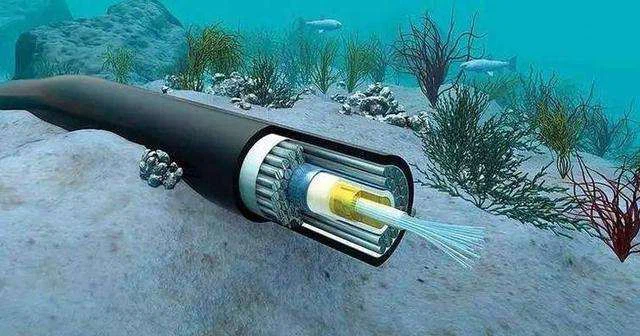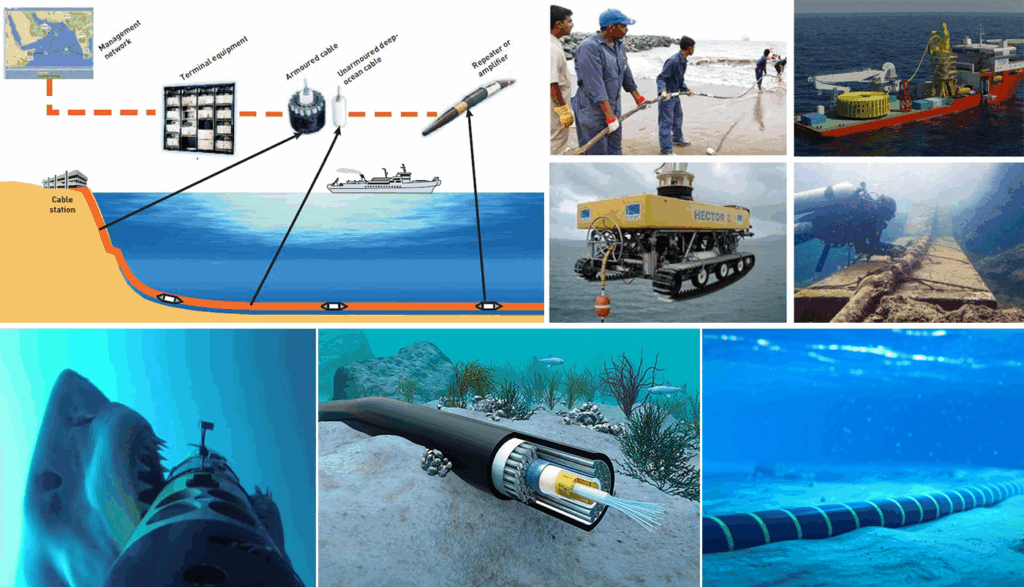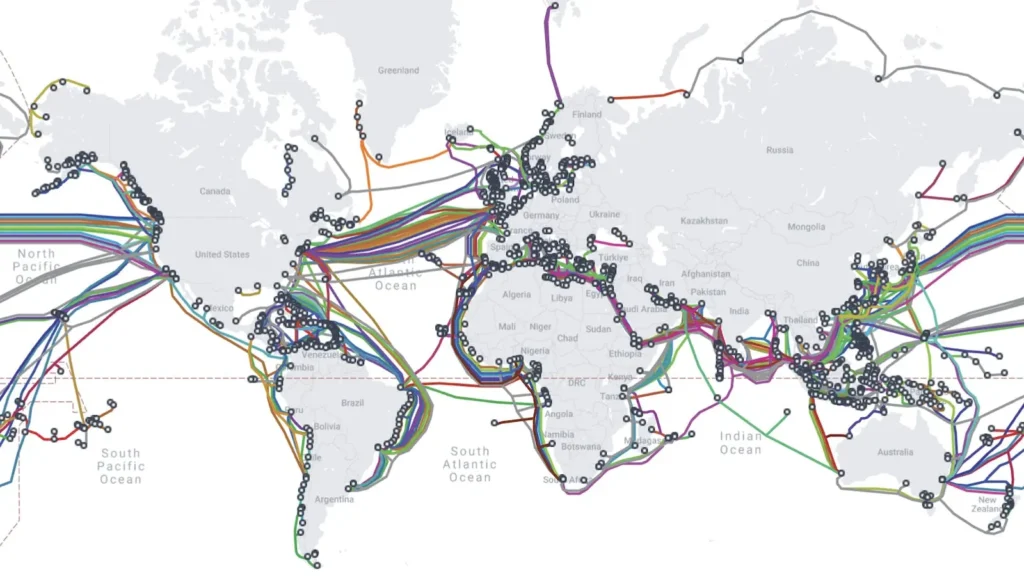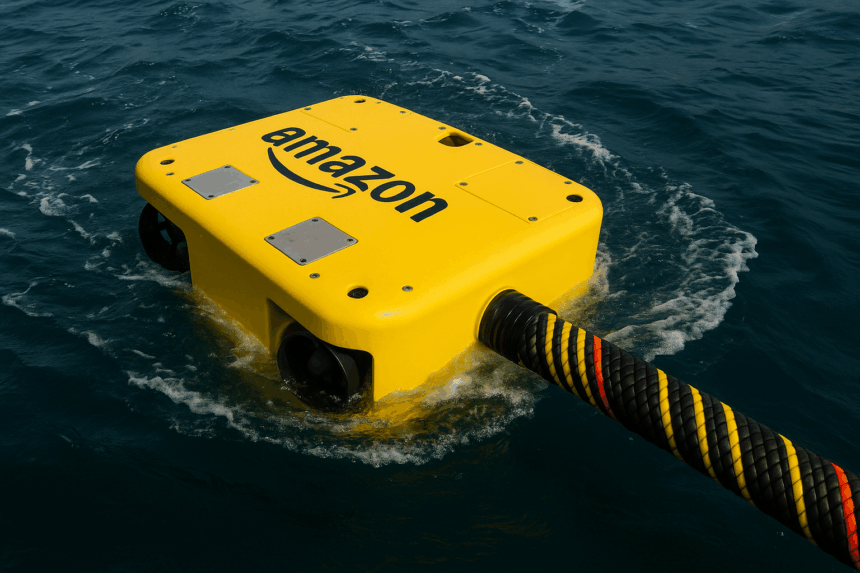AWS Builds ‘Fastnet’ to Strengthen Global Internet Resilience
Amazon Web Services (AWS) is going deep — literally. The company’s next major infrastructure project, Fastnet, is a transatlantic subsea cable connecting Maryland and Ireland, built to carry massive data loads while resisting physical and environmental threats.
Described as a “state-of-the-art” system, Fastnet will move up to 320 terabits per second—the equivalent of streaming 12.5 million HD films at once or sending three digitized Libraries of Congress every second. Beyond performance, Fastnet’s real mission is resilience: to strengthen the internet’s backbone against disruptions caused by human activity, natural events, or even sabotage.
What’s Happening & Why This Matters
From the Seafloor Up: Amazon’s Deep Tech Investment
Amazon says Fastnet will launch in 2028, marking Maryland’s first-ever subsea cable landing. Unlike traditional East Coast cables concentrated around New York and New Jersey, Fastnet extends AWS’s reach while diversifying connection routes between North America and Europe.

The cable will use a buried installation method, with its core line set roughly 1.5 meters below the seafloor — shielded by multiple steel layers for protection. “We’re burying this cable as deeply as possible, for as long a distance as possible,” explains David Selby, AWS’s Director of Global Network Planning and Acquisition. “It’s about increasing the availability of the cable itself while maintaining multiple layers of encryption for all traffic that goes across it.”
Fastnet’s reinforced armoring is a direct response to a rising global trend: cable damage. In recent years, incidents such as ship anchor cuts and Red Sea sabotage have disrupted communications. The devastating Tonga internet blackout in 2022, caused by a volcanic eruption that severed its only cable, underscores how dependent nations are on these invisible data arteries.
Ireland’s Digital Future and Europe’s Cloud Gateway
For Ireland, Fastnet represents both strategic infrastructure and national pride. Taoiseach Micheál Martin called it “a vote of confidence in Ireland’s digital future, helping enable the next wave of innovation in cloud computing and artificial intelligence.”

Ireland already hosts a dense cluster of data centers and AWS regional hubs, serving as a key European gateway for American tech firms. The Fastnet cable strengthens that position, providing redundancy and high-speed capacity to support the AI boom and data-heavy services such as Amazon CloudFront and AWS Global Accelerator.
According to TeleGeography, over 600 subsea cables currently support 95–99% of global internet traffic. Amazon alone is laying more than 9 million terrestrial and underwater cables, enough to “reach from Earth to the Moon and back more than 11 times.”
Network Reliability in Focus After Outages
Fastnet’s announcement follows AWS’s major outage last month, which knocked out platforms including Snapchat, Ring, and several enterprise services. While the cable project is unrelated, the timing highlights Amazon’s emphasis on building fail-safe redundancy into its global network.
Selby shared that Fastnet supports AWS CloudFront and Global Accelerator, not the systems affected by the outage. Still, the initiative signifies Amazon’s long-term strategy: no single failure point takes down its digital empire.

Subsea infrastructure is a quiet but vital frontier. These buried cables, often just the width of a garden hose, carry the pulse of the modern internet — powering cloud services, financial transactions, and AI operations worldwide.
TF Summary: What’s Next
Fastnet reinforces Amazon’s dominance in the global data ecosystem. As the internet’s physical foundations grow more critical, the race to secure and protect undersea cables intensifies. With competitors like Meta building Project Waterworth, the world’s longest subsea system, the battle for bandwidth has moved beneath the waves.
MY FORECAST: Expect new international alliances around subsea infrastructure, including joint efforts to regulate, monitor, and safeguard the cables. For Amazon, Fastnet is more than a network — it’s an underwater fortress for the age of cloud computing.
— Text-to-Speech (TTS) provided by gspeech


